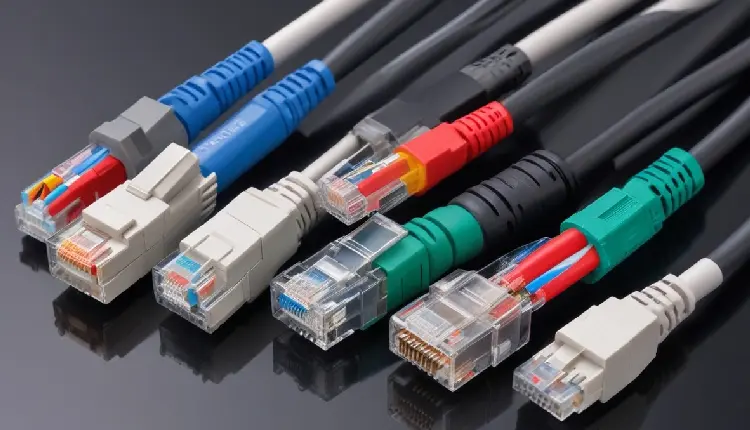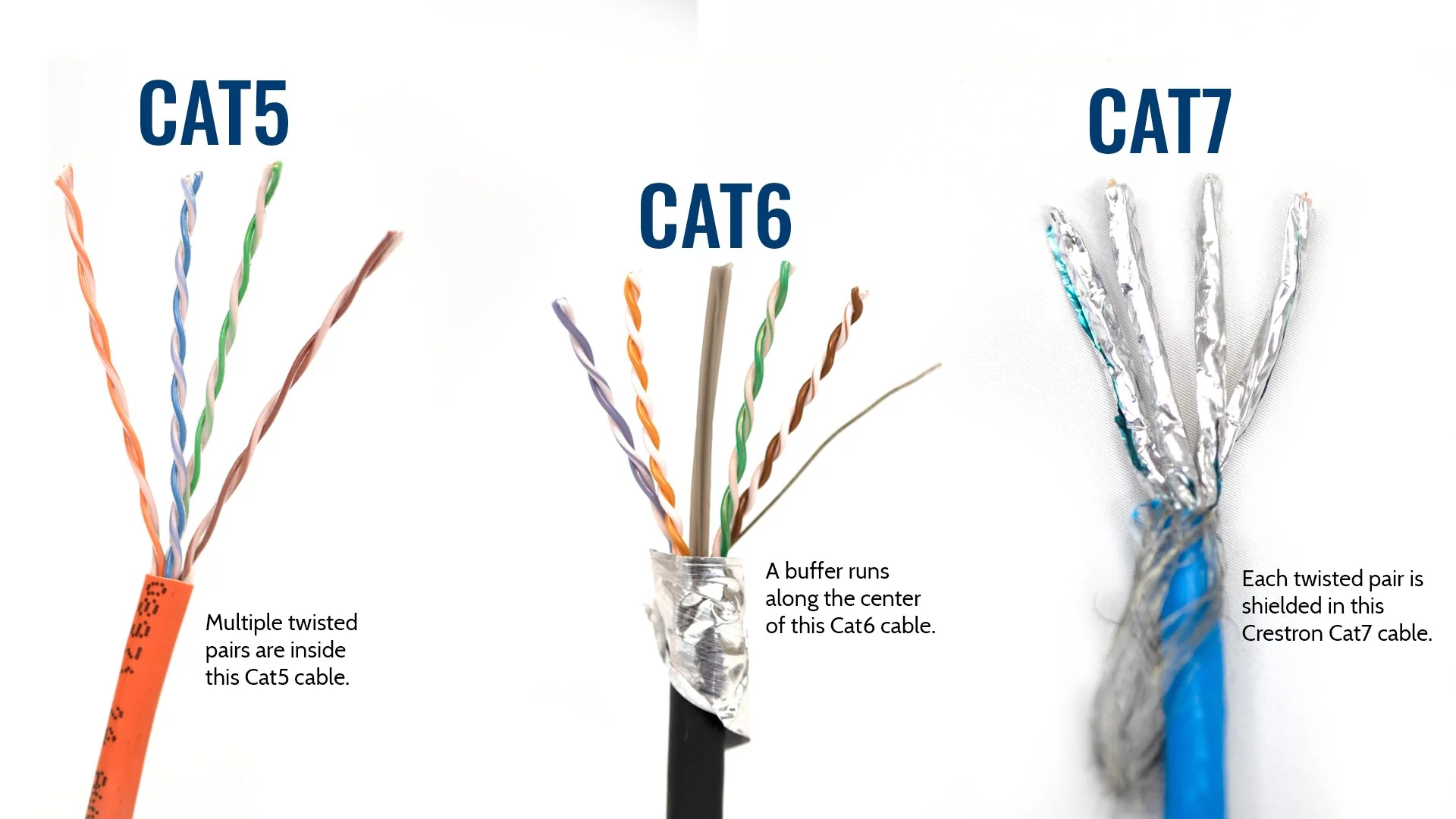Kablino Mag
A guide to buying suitable network cables for home and office networks

Network cable is one of the important and main components of any type of network. In today’s world where the Internet and information are expanding rapidly, choosing and using the right cables can have a great impact on the performance of your network. If you are looking for a way to improve the speed and quality of your Internet connection at home or at work, reading this article can help you learn about the features and different types of network cables.
By reading this article, you will get to know the network cable and its uses, different types of cables, key features and buying tips. You will also learn how network cables can help you create a stable and fast network. This information is especially vital for those planning to set up a home or office network.
In this article, we will try to comprehensively answer all your questions about network cable. So stay with us to get comprehensive and efficient information in this field.
Network cable and its uses
The network cable acts as one of the main components of any computer network. These cables consist of two or more pairs of wires that are used to transmit information from one point to another. Network cables are mainly used to connect different devices such as computers, routers and switches to each other. One of the main uses of network cable is in creating local area networks (LAN). These cables help companies and offices to easily share resources and information between devices. Also, in home environments, network cables are used to connect different devices to the Internet and home networks.
Types of network cables

Cat5
Cat5 cable (Category 5) is one of the oldest and most widely used types of network cables. This cable can support speeds of up to 100 Mbps and is suitable for data transmission over distances of up to 100 meters. But with the advancement of technology and the need for higher speeds, it is used less today. This type of cable is mainly used in home networks and actions that require lower speed. However, if you are looking for a basic and economical solution to create a simple network, Cat5 cable can be a good option.
Cat6 and Cat7
Cat6 and Cat7 cables are better choices than Cat5 because of faster data transfer and higher stability. Cat6 cable can support speeds of up to 1 Gbps up to 55 meters of routing and is recommended for more modern networks and more demanding applications. On the other hand, Cat7 can support up to 10 Gbps with higher speeds and greater protection from electromagnetic waves. This type of cable is more suitable for special applications such as data servers and running complex networks.
Important features of network cable
When choosing a network cable, there are several features that should be considered. One of the main features is the data transfer speed, which varies depending on the type of cable. This feature can have a direct impact on your network performance. In addition, resistance to electromagnetic interference (EMI) is also one of the key points in cable selection. Shielded cables can usually operate in busier environments with less fluctuation.
Network cable purchase tips
Before buying a network cable, you should pay attention to several points. First, you need to define your exact needs, including the number of devices you want to connect to the network and the maximum distance between devices. Also, the brand and quality of the cable has a significant effect on its performance. It is better to use reliable and quality brands to avoid problems in the future. Finally, the price should be proportional to its quality.
High speed network cable
Cat6 and Cat7 cables are known as high-speed cables. If you are looking for a network with higher quality and speed, using these cables can be the best option. These cables allow you to use the Internet and various services with the ability to process a lot of data. In order to choose a high-speed network cable, it is important to consider the amount of traffic and data requirements of the network. Therefore, a detailed assessment of these needs can help you make the best choice.
Network cable installation guide
Installing the network cable is also one of the vital steps in creating a proper network. For the correct installation of these cables, it is necessary to make sure that the cables are placed in the right directions and away from electromagnetic interference. There are different ways to install network cables. Installation on the wall, floor or ceiling are among the common methods that are chosen depending on the needs and conditions of the environment. Also, the use of cable channels can help protect the cables more.
Difference between network cable and telephone cable
Although network cables and telephone cables look similar, their uses and characteristics are very different. Telephone cables are usually designed for voice transmission, and the data transmission speed in them is much lower than that of network cables. The network cable is designed to transmit digital data and is able to transmit information at high speeds. Therefore, it is very important to pay attention to these differences in choosing the right cable for your needs.
Network cable problems and failures
Network cables may fail and have problems over time. Among the biggest problems are tearing, signal interference and speed reduction. These problems are usually caused by improper installation, overuse, or an unstable environment. To avoid these problems, tips such as using quality cables and installing them correctly are of particular importance. Also, in case of any problem, checking and repairing the cables quickly can prevent more serious problems from occurring.
Network cable in home and office networks
In home networks, choosing the right network cable can greatly affect the quality and speed of the Internet. For optimal use of the Internet in a home network, it is better to use Cat6 or Cat7 cables to benefit from the maximum capabilities of the Internet. In offices and work environments, the use of suitable network cables can improve coordination and communication between devices. Establishing a stable and fast network allows employees to access information without any interruption.
Solutions to increase the life of the network cable

To increase the life of the network cable, it is necessary to observe certain points. One of the most important points is the correct installation of the cable and its proper labeling. Not placing the cables in places where they can be damaged will help prolong the life of the cable. In addition, keeping cables away from other electronic equipment and sources of electromagnetic noise can help maintain cable quality and efficiency. If changes are needed in the network, it is better to carefully inspect and evaluate the cables.
summary
Finally, choosing and buying the right network cable can have a significant impact on the performance and quality of your network. By considering your needs, checking the types of cables and their important features, you can make the best choice and benefit from a stable and fast network. Don’t forget that the correct installation and proper maintenance of the cables are also very important to ensure their longevity and high efficiency.

